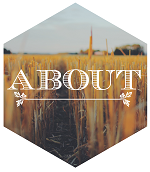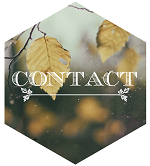The Ash tree.
Fraxinus Ornus is its Latin handle.
Revered in the medieval ages for its seemingly "magic" powers, peasants never felled an Ash tree, fearing it would bring a curse upon them. Instead these trees were allowed to die a natural death. When the trees did finally die, they were not burned; their famously hard wood was used to make things such as bows, eating utensils, and shepherds crooks. To burn an Ash tree was considered bad luck.
Also known as the Rowan tree -- which is what I like to call them -- these hardwood sentinels were planted next to barns and front doors, to protect the buildings from lighting, and supposedly witches (I'm still not sure how those two correlate.. Maybe it has something to do with changing eras).
The Rowan is a youthful tree. Slender in form, with graceful leaves called "keys". These keys are highly sought after by animals (goats mostly), and their cheerfully red berries are a winter staple for birds.
We have a Rowan tree on our property... Planted next to what used to be the front door (as the house changed over the years, it became a side door). It's an old tree, although its slim figure is somewhat misleading. Sometimes I sit and wonder just who planted that tree... Who planted it next to the front door? Was it for protection against lighting and witches? Did the planter hope to one day have a wood source for his crooks and spoons?
I guess I'll never know... But I think it would be neat to have my own shepherds crook made from it someday. :)













No comments:
Post a Comment